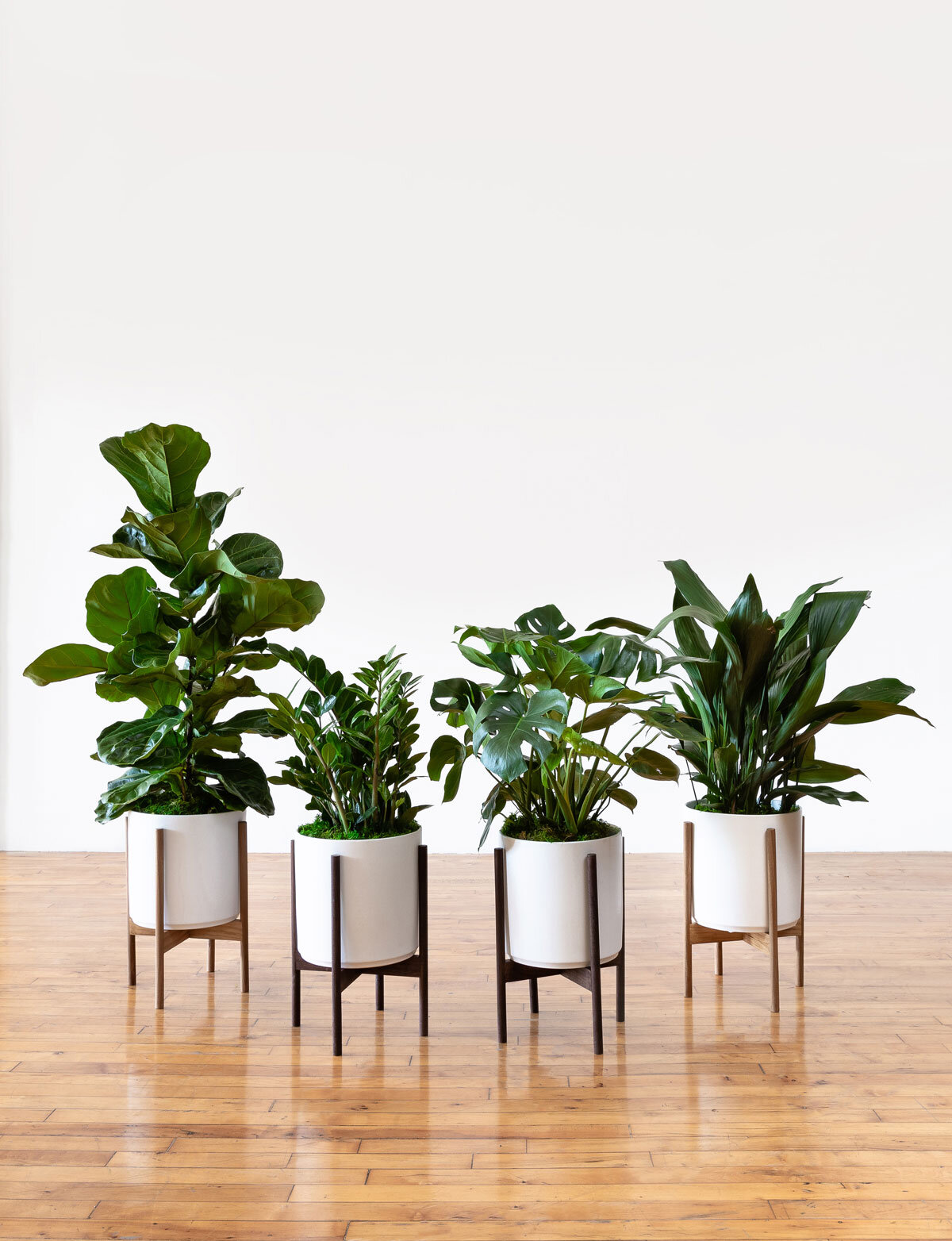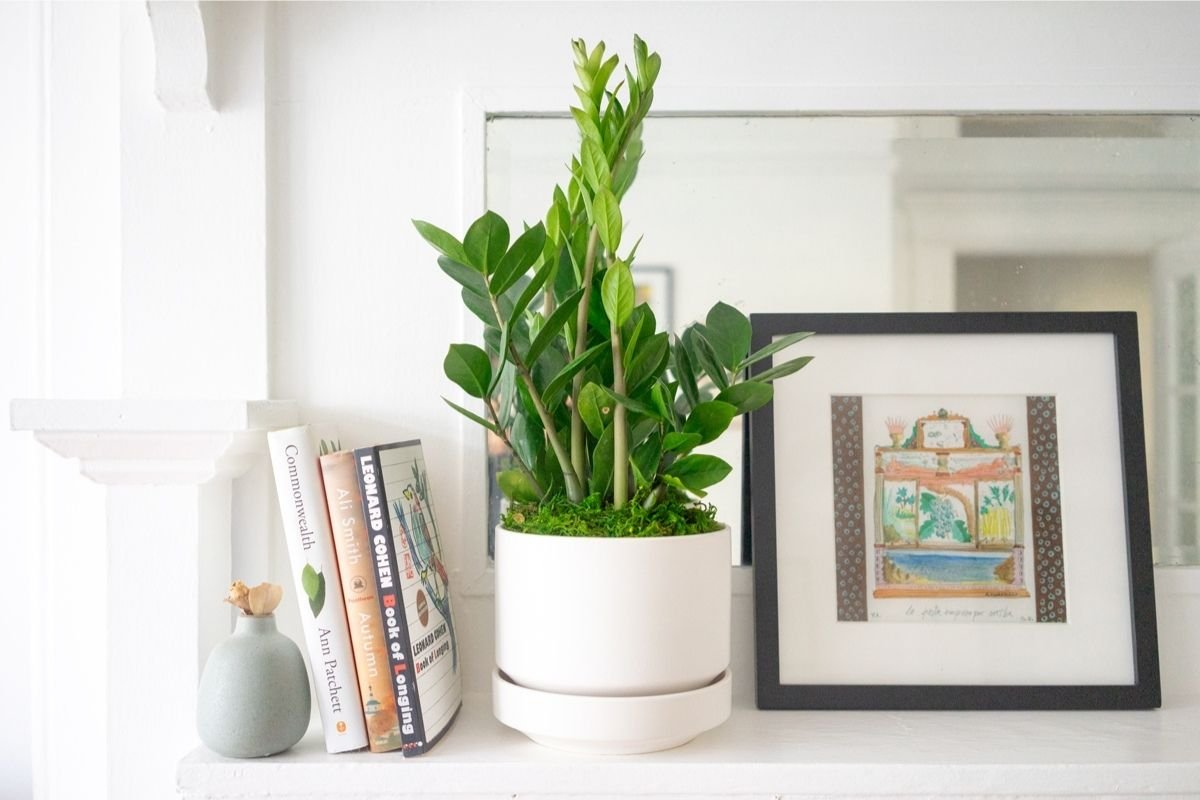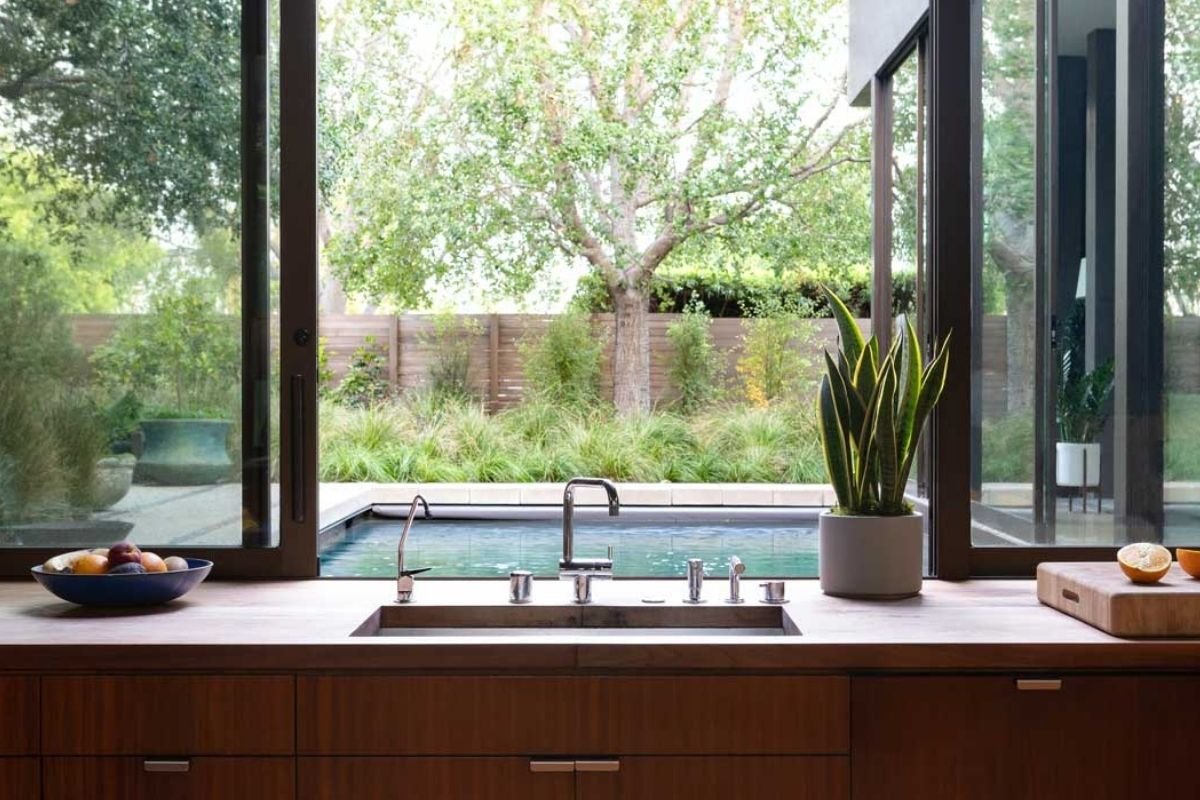With their captivating charm and remarkable resilience, succulents have captured the hearts of plant enthusiasts worldwide—and it’s no wonder why! With over 10,000 different succulent varieties in a plethora of different shapes and vibrant colors, these easy care plants are unique to say the least. Though generally quite easy to care for, your succulent deserves nothing less than the utmost care and admiration! To ensure your plants flourish and bring you years of joy and new growth, follow these 10 commandments of succulent care.
Basking in the Sunlight
Picture these desert dwellers in their natural habitat, basking under the gentle warmth of the sun: succulents are light-loving plants and most varieties thrive in bright, direct light— ideally about six hours per day. Some succulents can adapt to shady areas, and some, like the Snake Plant (aka Sansevieria) can even thrive in low light. Check the variety of your succulent to ensure you’re giving it the proper amount of sunlight.
With Watering, Less is More
Water your succulents sparingly and with great care. Succulents have evolved to store water in their leaves and stems, making them drought-resistant. Overwatering is the most common mistake made by succulent caregivers, leading to root rot and other issues. Allow the soil to dry completely between waterings, and water deeply but infrequently. Remember, it is better to under water than to overwater these drought-resistant plants!
Providing Proper Drainage
All plants enjoy proper drainage, and succulents are no exception! Plant your succulents in well-draining soil and containers. Proper drainage prevents waterlogged soil, protecting your succulents from drowning in excess water. Opt for a cactus mix or create your own by adding sand or perlite to regular potting soil. Elevate the containers slightly to allow excess water to escape freely, or consider potting using the staging method, and your succulent will be happy and thriving with their perfectly proper drainage.
Patience - The Virtue of Growth
Be patient with your succulents. Growth in succulents can be slow, especially when compared to other plants. Take heed and resist the temptation to overfeed or overwater in the pursuit of hastened growth! Patience will reward you with healthy and vibrant succulents over time.
Growth During the Winter Months
Many succulents enter a period of dormancy and rest during the colder months, slowing down their growth and sometimes even stopping it. Reduce watering and refrain from fertilizing during this time to allow your succulents to recharge for the upcoming season. Shield them from freezing temperatures and protect them from frost damage–sun-loving succulents do not like to freeze!
Propagating Your succulents
Propagating succulents is a fascinating and rewarding process that allows you to expand your collection—for free! One of the most common methods is leaf propagation, which can be done by gently removing a healthy leaf from the parent plant (simply twist and snap off!) and allowing it to callus over for a day or two before placing it on damp, well-draining soil. With time and care, tiny roots will emerge, followed by a new baby succulent sprouting from the base of the leaf, which can then be potted into its own container. It’s really that simple, and incredibly rewarding.
Prune Unhealthy Leaves
Do not fear pruning, for it brings rejuvenation to your growing succulent! Remove dead or decaying leaves to promote new growth, improve your plant’s appearance and maintain the plant's health. Pruning encourages your plant to put out new leaves, resulting in fuller, more beautiful succulents.
Fertilizer for the Best Nutrition
Feed your succulents with care— as with any plant, overfertilizing can cause fertilizer burn or damage to the foliage. During their active growing season (typically spring and summer), offer a diluted, balanced fertilizer no more than once a month. Refrain from fertilizing during winter dormancy when the plants are not actively growing. Over-fertilizing can lead to nutrient imbalances and harm your succulents.
Pairing Your succulents
Arranging your succulents in captivating groupings creates a mini-desert oasis, and is one of the most popular ways to enjoy these beautiful plants. Consider succulent compatibility and water requirements when choosing companions for a harmonious display. Groupings of three or more succulents in one space not only look aesthetically pleasing but also create a mini-biome of moisture that benefits them all!
Keep Your succulent Away From Dry Breezes And Appliances
Succulents, originating from arid regions, have adapted to thrive in low-humidity conditions, but they still require a degree of moisture in the air to remain healthy. Avoid placing your succulents near air conditioners, heaters, or vents, as the dry air from these appliances can quickly dehydrate their leaves and stems. Instead, opt for a spot with consistent air circulation that avoids direct exposure to drafts.
Remember, each succulent is a unique adventure waiting to unfold, and with a sprinkle of patience and a dash of love, you'll cultivate a thriving succulent haven that brings endless joy and serenity to your life. So, let the succulent caregiving fun begin! Happy growing!
Designed to Thrive
Premium plants paired with styled ceramics, plus lifetime access to 24/7 Plant Doctor support. Order online at leonandgeorge.com










